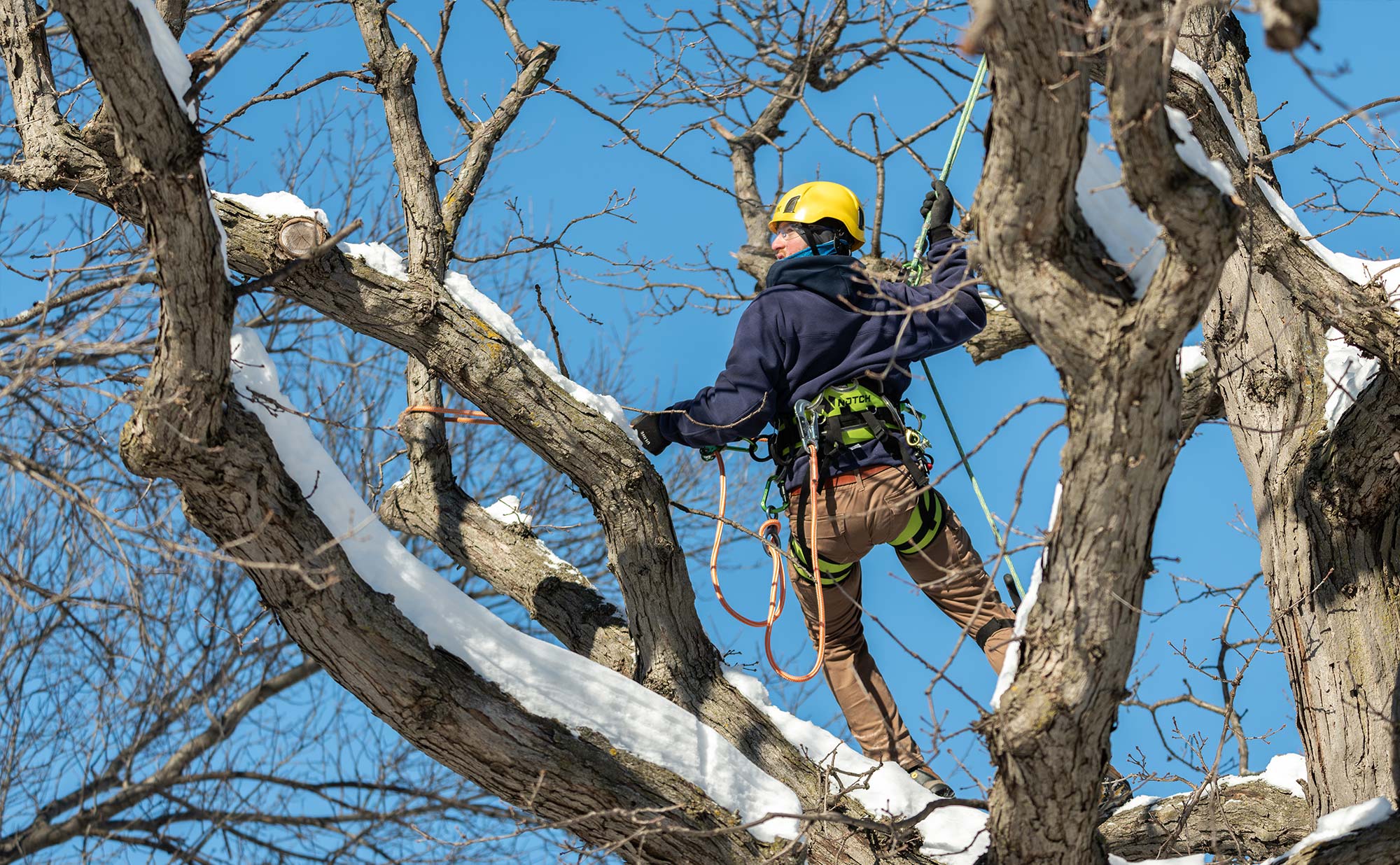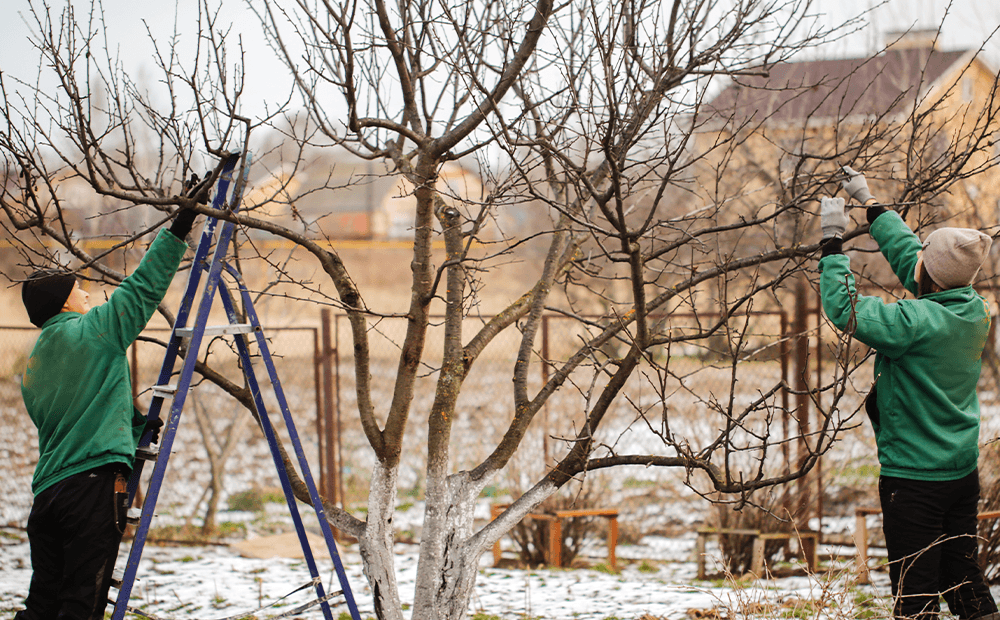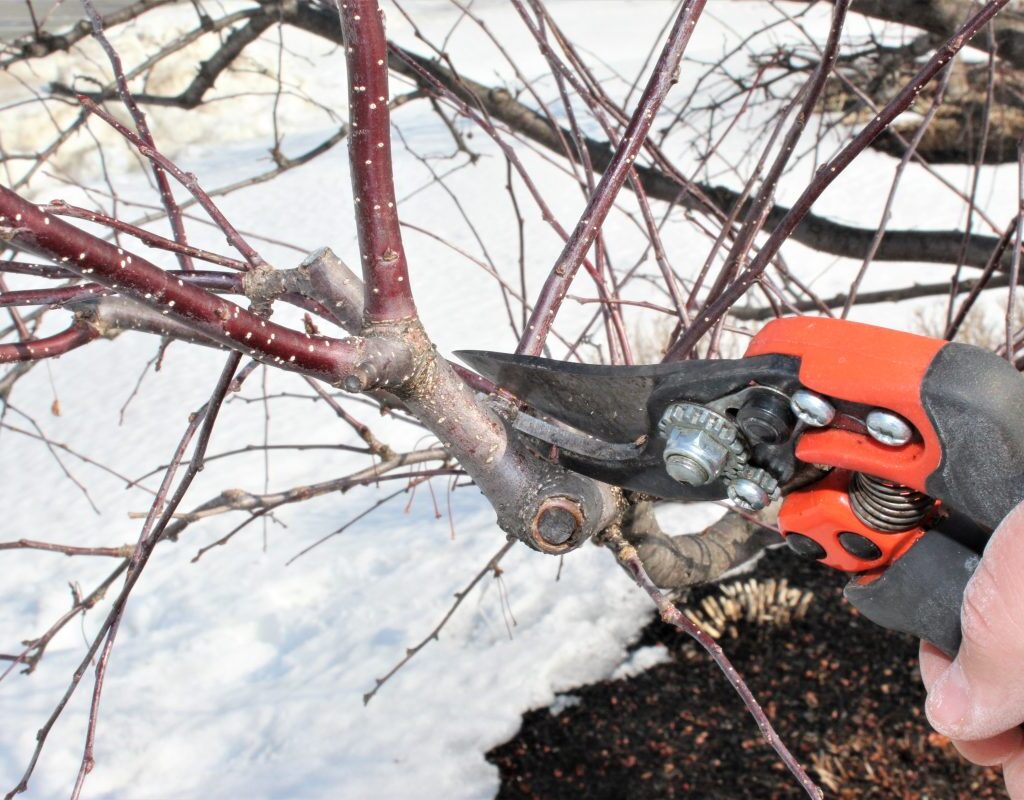Trimming Trees in Winter: A Comprehensive Guide
Introduction
Trimming trees is more than just cutting away branches—it’s a vital part of maintaining tree health and promoting growth. But why do experts often recommend doing this in winter? Let’s dive into the reasons why trimming trees in winter is not just a seasonal task but a crucial one for long-term tree health.
Benefits of Winter Tree Trimming
Dormant Trees Heal Better
When trees go dormant in winter, their growth slows down, and their energy is conserved. Trimming during this time helps the tree heal more effectively since the cuts won’t lead to rapid sap loss or open the tree to diseases.
Improved Visibility for Shaping
Without leaves in the way, it’s easier to see the tree’s structure. You can identify dead branches or areas where the tree is overcrowded, and it becomes clearer where to make strategic cuts.
Reduced Risk of Disease and Pests
Winter pruning minimizes the risk of diseases or pests entering the tree. Many insects and fungi that could infect the fresh cuts are inactive during colder months, making this season safer for your tree’s health.
Types of Trees That Benefit from Winter Pruning
Deciduous Trees
Deciduous trees lose their leaves in winter, which makes this the perfect time to prune them. Oaks, maples, and birches are just a few examples.

Fruit Trees
Apple, pear, and peach trees respond well to winter pruning. It encourages stronger fruit production in the spring and summer.
Evergreen Trees
Though not all evergreens need pruning, some benefit from trimming in late winter, especially if you’re shaping them or removing damaged branches.
Tools You Need for Trimming Trees in Winter
Pruning Shears
For small, thin branches, hand pruning shears will do the job. These are great for quick, precise cuts.
Loppers
Loppers are useful for medium-sized branches, providing more leverage and reach than shears.
Pole Pruners
Need to reach higher branches without a ladder? Pole pruners are ideal for safely trimming from the ground.
Saws
For thicker branches, a pruning saw will be necessary. Choose a sharp, clean saw to make smooth cuts.
How to Trim Trees in Winter: Step-by-Step
Step 1: Choose the Right Time
Wait until the tree is fully dormant. In most regions, this happens in mid to late winter. Avoid trimming during extreme cold snaps, as this can stress the tree.
Step 2: Identify Dead and Diseased Branches
Identify and remove any branches that appear dead, damaged, or diseased, as these should be your primary focus for pruning.
Step 3: Cut with Precision
Make cuts just above a healthy bud or lateral branch to ensure proper regrowth. Always cut at a slight angle to encourage water to drain away from the cut.
Step 4: Shape the Tree
After removing dead wood, focus on shaping the tree by thinning crowded areas and trimming branches that cross or grow inward.
Common Mistakes to Avoid When Trimming Trees in Winter
Over-pruning
Avoid cutting too much at once. Over-pruning can stress the tree and stunt its growth.
Not Cleaning Tools
Dirty tools can introduce disease to your tree. Clean your pruning tools with rubbing alcohol before use to keep things sterile.
Ignoring Tree Species Requirements
Not all trees respond the same way to winter pruning. Make sure to research the specific needs of your tree species before you start.
When NOT to Trim Trees in Winter
Avoid Pruning Trees That Bloom in Spring
For trees that bloom in early spring, such as lilacs and dogwoods, pruning in winter can remove flower buds. Wait until after they bloom to trim these species.
Damaged or Frost-Sensitive Trees
Some trees that are particularly sensitive to frost or damage should not be pruned in winter. If unsure, consult an expert.
The Science Behind Dormant Pruning
What Happens to a Tree During Dormancy?
In winter, a tree conserves energy and reduces metabolic activities, which makes it less vulnerable to shock or infection from pruning.
How Pruning Stimulates Growth in Spring
Winter pruning encourages robust new growth when spring arrives. The tree redirects its energy to the remaining branches, leading to healthier, more vigorous growth.
Safety Tips for Winter Tree Trimming
Wear Protective Gear
Safety first! Wear gloves, eye protection, and sturdy boots to prevent injuries from falling branches or sharp tools.
Be Aware of Ice and Snow
Trimming trees in winter can be tricky with ice and snow. Ensure stable footing, and watch for slippery surfaces or snow-covered branches.
Work in Pairs for Larger Trees
For big jobs or larger trees, it’s smart to work with someone. This ensures safety and makes the work more efficient.
Signs a Tree Needs Winter Pruning
Dead or Dying Branches
If you notice branches that are brittle, hollow, or dead, these should be pruned as soon as possible.
Overcrowded Canopy
An overcrowded tree can prevent sunlight and air from reaching the center. Thinning out dense branches helps improve the tree’s overall health.
Signs of Disease
Fungal growth, cracks in the bark, or unusual discolorations are signs of disease that may require trimming.

Mulching for Insulation
Adding a layer of mulch around the base of the tree can help retain moisture and provide insulation during the cold months.
Should You Hire a Professional for Winter Tree Trimming?
Pros and Cons of DIY Pruning
DIY pruning can save money, but it requires the right knowledge and tools. Improper cuts can damage the tree long-term.
When to Call an Expert
For large or valuable trees, or if you’re unsure about the best way to prune, it’s wise to call in a professional.
Healthier Growth Means Less Waste
Well-pruned trees grow stronger and healthier, meaning less deadwood and less need for cleanup in the future.
Conclusion
Trimming trees in winter is a practice that provides numerous benefits to both your trees and your landscape. From reducing disease risk to promoting vigorous spring growth, it’s a strategy worth
